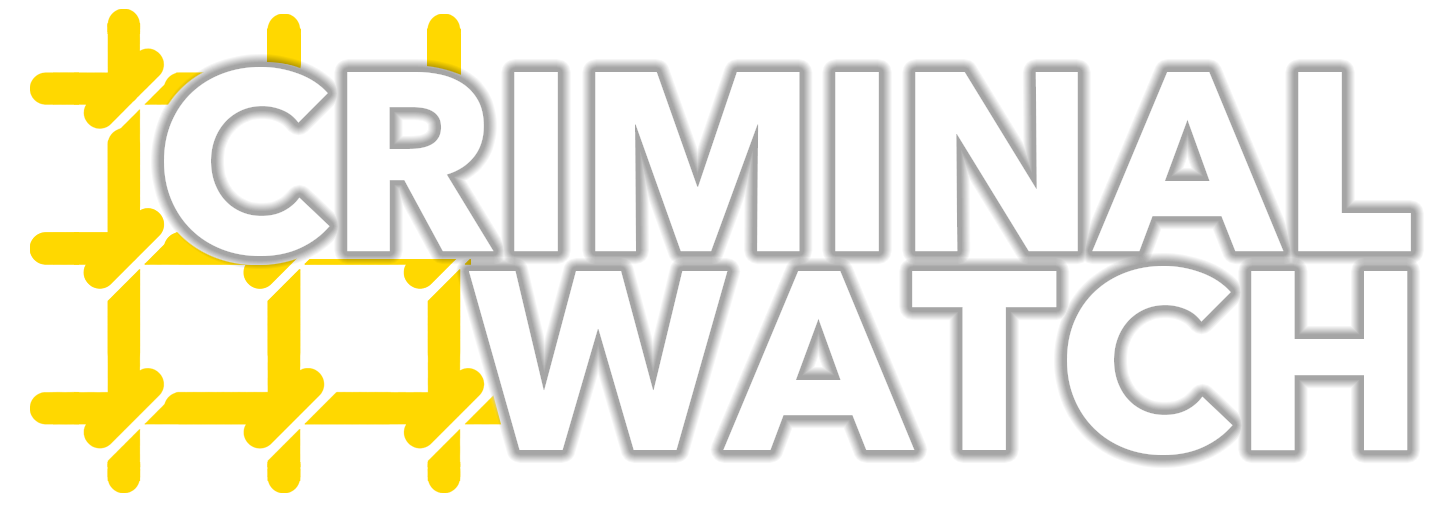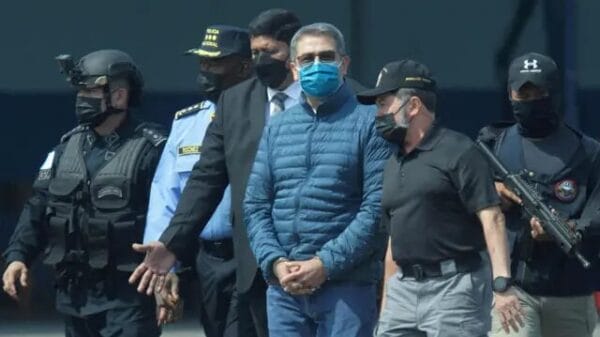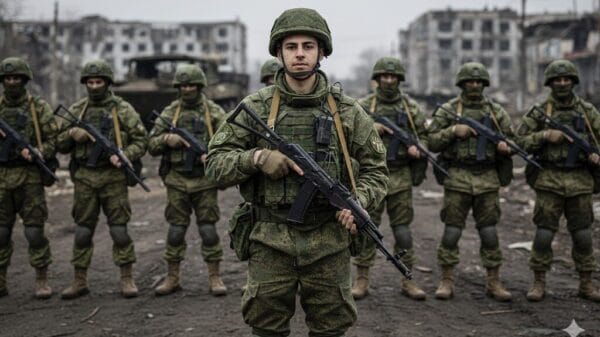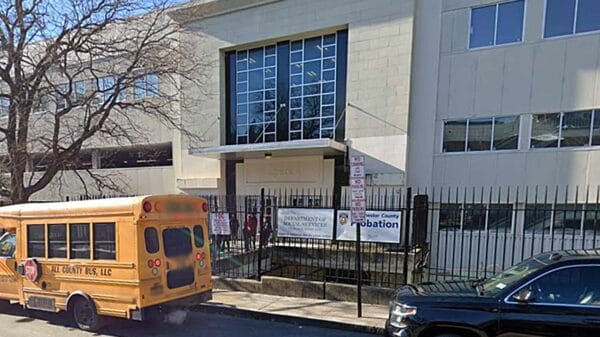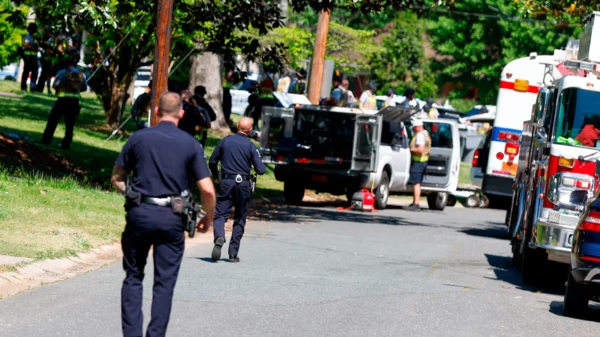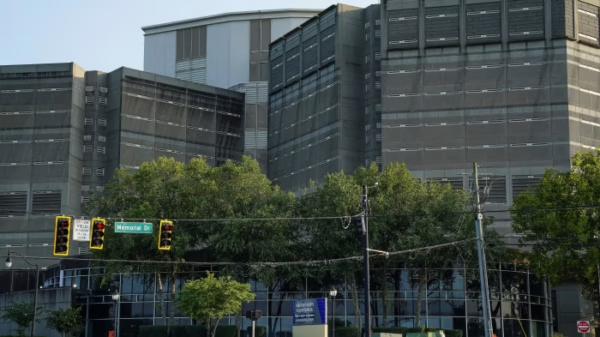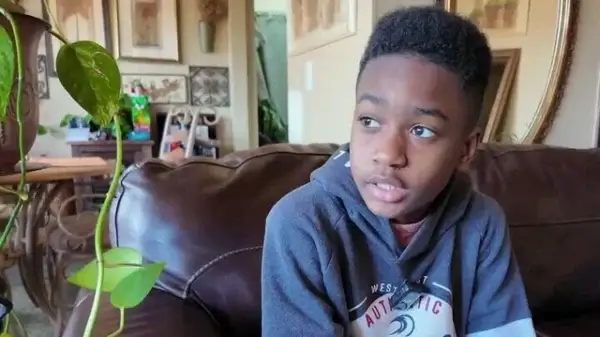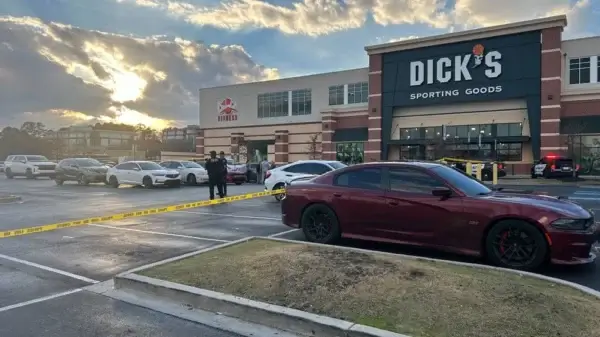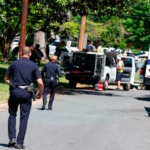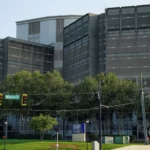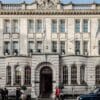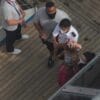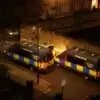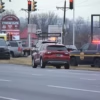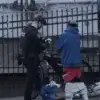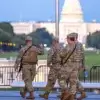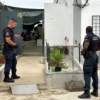From the night of October 8 to the morning of October 10, 1871, flames consumed an estimated 3.3 square miles of Chicago, destroying roughly 17,000 buildings, leaving more than 100,000 people homeless, and reshaping urban fire codes, city planning, and American architecture.
Fast Facts
- Dates: Sunday night, Oct. 8 – Tuesday morning, Oct. 10, 1871
- Ignition area: A barn/warehouse district on DeKoven Street
- Conditions: Months-long drought, strong southwesterly winds, wood-heavy construction (including sidewalks)
- Destruction: ~3.3 sq mi (≈9 km²); ~17,000 buildings lost
- Deaths: ~300 (exact toll unknown)
- Displaced: 100,000+ residents
- Estimated loss: ~$200 million in 1871 dollars (enormous in today’s terms)
Background: A City Primed to Burn
Mid-19th-century Chicago was booming as the Midwest’s commercial hub. Speedy expansion produced dense neighborhoods built largely of wood: homes, shops, sheds—even sidewalks. After a parched summer and fall, the city was a tinderbox. All it needed was a spark carried by high winds.
Origin: Legend vs. Reality
The fire began on the night of October 8 in or near a barn on DeKoven Street. Popular lore blamed Mrs. O’Leary’s cow for kicking over a lantern. Modern scholarship considers this a myth—reflecting anti-immigrant bias of the era—while the precise trigger remains uncertain. What is clear: abundant fuel, extreme dryness, and gale-like winds turned a local blaze into a catastrophe.
How It Spread: From Block Fire to Firestorm
- Wind: Powerful southwesterly gusts lofted embers far ahead of the flames.
- Construction: Balloon-frame wooden buildings acted like chimneys, channeling fire vertically and between structures.
- Surfaces: Wooden sidewalks and tarred/shingled roofs worked like fuse lines.
- Fire behavior: Intense convection created a self-feeding “firestorm,” with superheated air generating its own winds.
The Response: Brave but Outmatched
Chicago’s firefighters faced limited equipment, horse-drawn water tenders, and early signal/coordination errors that delayed the initial attack. Once the fire leapt rivers and rail lines, spot fires outpaced crews. Exhausted firefighters and volunteers fought street by street, but the combination of wind, heat, and embers overwhelmed tactics of the day.
Damage and Human Impact
Entire districts—including business corridors and working-class blocks—were reduced to ash. Churches, warehouses, tenements, and civic buildings collapsed or burned. While the death toll (≈300) is imprecise, the social toll is unmistakable: mass displacement, emergency encampments, and an urgent need for food, shelter, and medical aid. Philanthropic drives across the U.S. and abroad poured relief into the city.
Aftermath: Rebuilding a New Chicago
Recovery was rapid and transformative:
- Building codes: Stricter ordinances favored brick, stone, and iron, curbing all-wood construction in the core.
- Urban form: Wider streets, better spacing, and more firebreaks reduced future risk.
- Water & alarms: Upgrades to the waterworks, hydrant networks, and telegraph alarm systems improved response times.
- Architectural legacy: The rebuilding boom attracted architects and innovators, setting the stage for Chicago School design and, later, the skyscraper era.
Myths, Bias, and the O’Leary Story
The fixation on Mrs. O’Leary’s cow obscured structural causes: materials, density, drought, and wind. It also reflected 19th-century nativist and class prejudices that unfairly targeted an Irish immigrant family. Today, historians emphasize systemic urban vulnerabilities rather than a single culprit.
Timeline (Key Moments)
- Sun, Oct. 8, ~9:00 p.m.: Fire reported on/near DeKoven Street.
- Late night: Winds drive flames northeast; embers start spot fires blocks away.
- Mon, Oct. 9 (pre-dawn to evening): Firestorm conditions; business district and North Side ignite.
- Tue, Oct. 10 (early a.m.): Rain, weakening winds, and expanding firebreaks help halt the advance.
Why It Still Matters
The Great Chicago Fire remains a classic case study in urban resilience and risk-informed planning. It illustrates how climate (drought), materials (combustible construction), and governance (codes, water supply, alarms) interact—lessons that still inform building codes and wildfire-urban interface strategies today.

